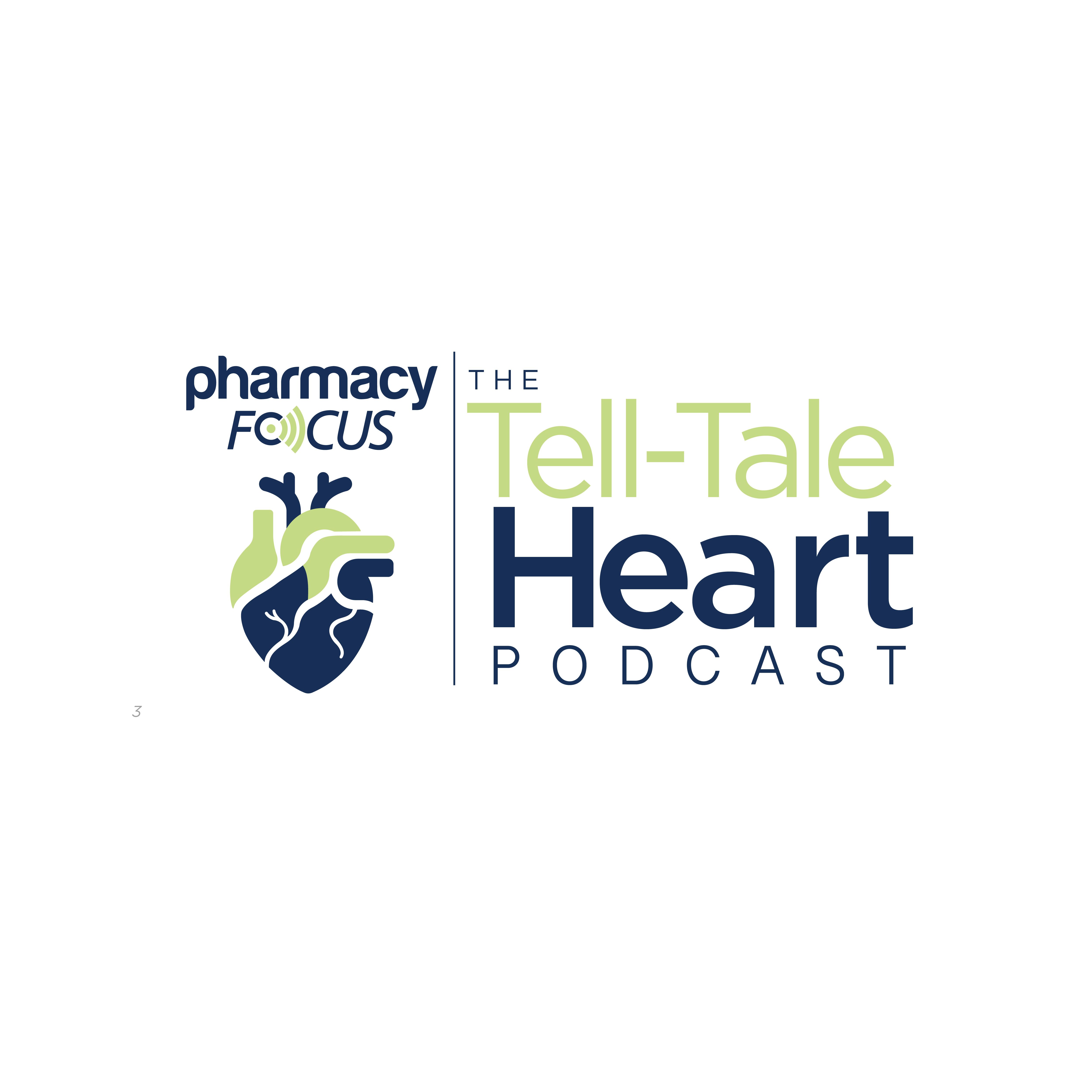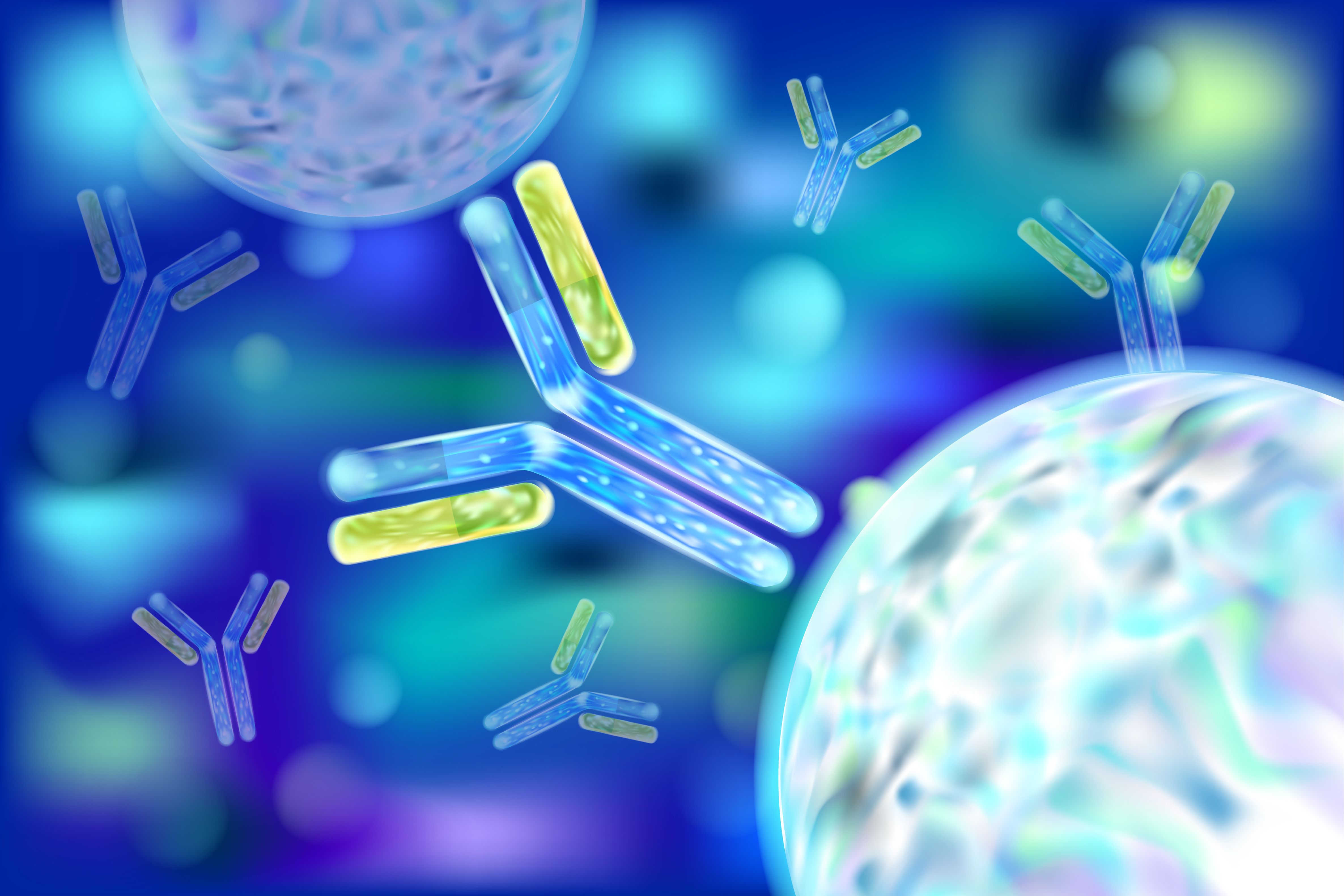News
Video
Pharmacists Can Bridge Gaps in the Evolving Esophageal Cancer Treatment Landscape
Author(s):
Scott Soefje, PharmD, MBA, BCOP, FCCP, FHOPA, offers insights for oncology pharmacists treating patients with metastatic esophageal squamous cell carcinoma.
In an interview with Pharmacy Times®, Scott Soefje, PharmD, MBA, BCOP, FCCP, FHOPA, director of pharmacy cancer care at Mayo Clinic, discussed the challenges of treating metastatic esophageal squamous cell carcinoma (ESCC) and the crucial role of pharmacists in managing side effects, performance status, and supportive care, including nutrition and pain management. He makes specific note of the inclusion of PD-1 inhibitors as category one agents, marking a significant step forward in treatment.
Pharmacy Times: What are unmet needs in the current therapeutic landscape for metastatic ESCC?
Scott Soefje, PharmD, MBA, BCOP, FCCP, FHOPA: Esophageal cancer is a difficult cancer. It’s one of those that’s hard for people to treat and hard to really get your hands around. It’s not something pharmacists see on a regular basis. It’s also not as common in the U.S. as it is in some other parts of the world.
One of our biggest problems with esophageal cancer is the lack of screening. There’s no reliable way to identify these patients early and get them into treatment at an early stage. So, a lot of times, when patients do show up, the disease is already advanced—or they’re presenting with symptoms like difficulty swallowing or pain when swallowing. By then, the tumor is often already causing significant problems, and that really inhibits our ability to catch the disease early and move toward curative treatment, which is typically surgery. So instead, we’re often left trying to control the disease or palliate symptoms—things like that.
The second big issue is that we can’t look at someone and predict who is at higher risk of relapse. It becomes a bit of a hit-or-miss situation. And unfortunately, a lot of the risk factors that cause squamous cell carcinoma—like prolonged smoking and alcohol use—tend to persist. Many patients don’t give up those habits even after diagnosis, so we’re constantly having to fight both the disease and the ongoing risk factors. It makes it even harder to keep patients moving forward in their journey to beat esophageal cancer.
Then, we’re also dealing with poor overall survival rates. Right now, we’re looking at survival of 20% or less overall. If the disease is locally advanced, survival rates drop to less than 5%. So, it’s really one of those cancers that’s particularly tough to manage.
What’s interesting now is that we do have more treatment options on the table—but we don’t know the optimal sequence. We know surgery is the curative modality. We know other therapies are involved. But how do we best sequence them? Do we give chemotherapy first? Do we combine chemotherapy with immunotherapy upfront? Do we save immunotherapy for relapse? There are a lot of unanswered questions when it comes to treatment sequencing—and that’s becoming a challenge across many tumor types, not just esophageal cancer. So, when you put it all together, we’re left with a real problem: how do we truly manage esophageal cancer across the board?
Pharmacy Times: What are the contributions of pharmacists in managing metastatic ESCC with PD-L1 inhibitors, specifically in relation to formulary management, patient education, and monitoring?
Soefje: For pharmacists involved in managing esophageal cancer within the PD-1 inhibitor space, there are basically three drugs that now have indications: nivolumab, pembrolizumab, and tislelizumab. All three of these have supporting studies showing, to some extent, improvements in progression-free survival, overall survival, and objective response rates.
The problem is, we don’t have head-to-head studies—so we don’t actually know which one is better. That leaves us asking: how do we sequence these drugs? When do we combine them with a chemotherapy backbone, and when do we use them as single agents?
Pharmacists can really make an impact here by helping assess the patient’s performance status. Based on that, which approach makes more sense? Should we go full-blast with chemo-immunotherapy, or should we opt for immunotherapy alone?
Pharmacists also play a crucial role in managing side effects. Immunotherapy agents, in particular, are ideal for pharmacist involvement because of the wide range of potential immune-related endocrinopathies. We can help patients get through those and help providers understand when these side effects typically occur, how to identify them, and how to manage them effectively. So I think this is a great opportunity for pharmacists to step in.
Beyond that, these patients have significant supportive care needs—nutrition, swallowing issues, pain management, and so on. Those are all areas where pharmacists can make a difference.
And then, on top of all of that, the chemotherapy we use in this space tends to be highly emetogenic. Managing nausea and vomiting becomes critical, especially in a patient population that may already be experiencing these symptoms. That’s another area where pharmacists have a clear role in the overall management of these patients.
Pharmacy Times: What are some updates in therapy guidelines and/or emerging treatment data from clinical trials related to PD-L1 therapy in metastatic ESCC that may support pharmacists providing informed, patient-specific recommendations?
Soefje: I think the biggest thing is the inclusion of PD-1 inhibitors in the preferred category in some of the NCCN guidelines. We now have all three of them listed as category one, generally in combination with fluorouracil or a platinum agent. That’s really started to push these PD-1 inhibitors into the front line—it’s becoming clear that we need to be using them.
Then the next step is asking, How do we look at this?" and say, ‘Okay, if we can’t do chemotherapy and immunotherapy—whether due to side effects, performance status, or some other reason—what do we do next? Do we give chemotherapy alone? Do we give immunotherapy alone?"
And then, once patients progress again, immunotherapy is still part of second-line systemic therapies. But by then, we’re usually down to single agents—like taxanes, irinotecan, and others.
So how do we work with our teams to make sure patients are sequenced correctly, that we’re staying within the guidelines, and that we’re optimizing the best care possible based on what the literature is telling us? Those are the key things.
You know, the future is going to get really interesting—especially in the solid tumor realm—and esophageal cancer could definitely be part of that. There are CAR T-cell therapy trials out there. There are other types of drugs being developed. We’re seeing new PD-1 inhibitors under investigation.
At some point, we’re going to have to decide: when is a PD-1 just a PD-1? PD-1 inhibitors are starting to feel like the statins of oncology—there are so many of them, each with their own niche indication. So how do we decide which one to use? Or will we get to a point where we say, “They’re all the same. Let’s pick one as our preferred agent, and that’s the one we’ll use institution-wide”?
I don’t think we’re there yet, but I think we’re heading in that direction in some areas. It’s something pharmacists really need to be on the front lines for—helping the care team put all of this together.






